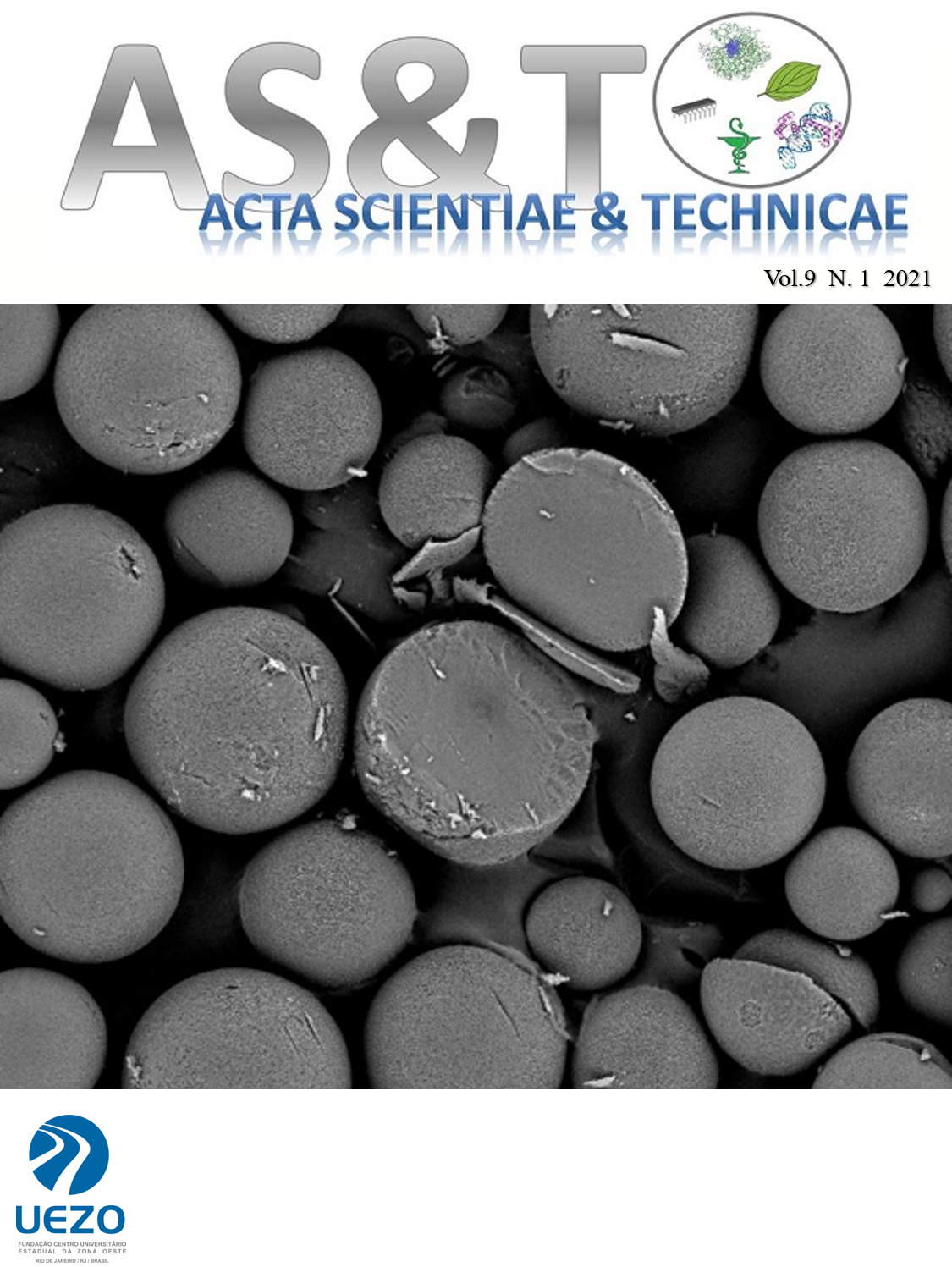Analysis of scientific production about drugs of abuse in forensic toxicology
Palavras-chave:
Álcool, saúde pública, toxicologia forenseResumo
Forensic toxicology is an essential tool that assists in investigations, identifying toxic agents, in order to clarify issues that occur in legal proceedings, it is used with the aim of detecting, recognizing, identifying and quantifying when there is contact with certain agents such as: alcohol, marijuana, cocaine and LSD, which are considered drugs of abuse. The following descriptors were used to survey the articles: Forensic Toxicology, Drugs of Abuse, Alcohol, Cocaine, Marijuana and LSD in Google Scholar. For the selection of scientific productions, the following inclusion criteria were used: articles published from 2008 to 2018, available in full and online. Nineteen articles published on the topic were found in fifteen journals analyzed from 2008 to 2018. The years with the largest number of publications were 2009, 2014 and 2015, with 3 publications each and the year with the least publication was 2008, where none article was found. Revinter Magazine presented the largest number of productions in the area of Forensic Toxicology. Regarding the types of drugs of abuse used in the studies, cocaine appears as the most studied followed by marijuana. Alcohol and LSD are the least studied drugs of abuse. Several analysis techniques were used to identify drugs of abuse. The result of the analysis of scientific production on drugs of abuse in forensic toxicology, showed how important and indispensable the analysis methodologies in forensic toxicology are. For each drug that is created, an efficient method has a wide degree of precision for its identification. This demonstrates a concern in this area to identify and quantify these drugs with precision, sensitivity and specificity, in samples that are less and less invasive in order to protect the subject and society.
Downloads
Downloads
Publicado
Como Citar
Edição
Seção
Licença
Copyright (c) 2025 Acta Scientiae et Technicae

Este trabalho está licenciado sob uma licença Creative Commons Attribution-NonCommercial 4.0 International License.


